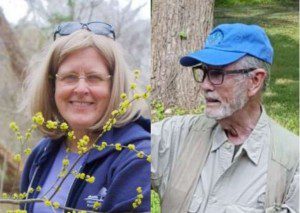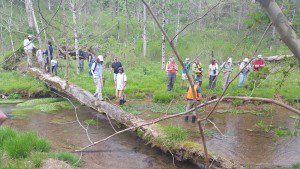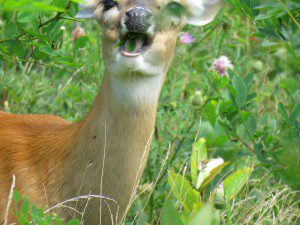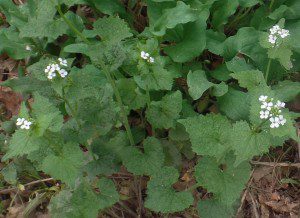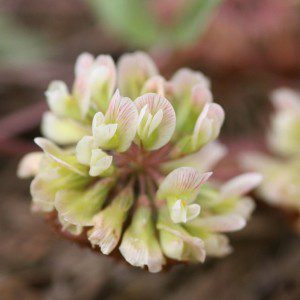Home Page
VNPS Members Honored by Prince William Conservation Alliance
The Prince William Conservation Alliance recently honored two long-time members of the Virginia Native Plant Society, Nancy Vehrs and Jim Waggener, for their service, contributions, and advocacy for conservation. The Alliance works to explore, enjoy and protect our natural areas, and increase community involvement in stewardship opportunities. Nancy Vehrs received the 2018 Heart of Gold Award.…
Read MoreA Visit to The Cedars Natural Area Preserve Appreciation Days
I’m back from far southwest Virginia, and I have to share. The Virginia Native Plant Society contributed to purchasing land to join together some of the disparate tracts of The Cedars Natural Area. In appreciation, Rob Evans, Natural Areas Protection Manager, Virginia Natural Heritage Program in the Virginia Department of Conservation and Recreation (DCR), organized a…
Read MoreNew Book: Climate-Wise Landscaping, Practical Actions for a Sustainable Future
Perfect! A book on climate-wise landscaping written by two authors who understand the vital role native plants must play in any future we can both envision and want to live in. What could be more important right now? We don’t want to sit around wringing our hands, say the authors; we want to DO something…
Read MoreA Path Into Natives
My interest in native plants probably arose like it did for many of the VNPS readers. I fell in love with what I found out in the wild places; state parks and national forests and the scraps of nature on the edges of farms and developments. I was fascinated by the presence of those native…
Read MoreThere Really is a Pyxie-moss!
Pyxie-moss (Pyxidanthera barbulata) is a diminutive coastal plain endemic found only in the eastern portions of the Carolinas, southeastern Virginia, and the pine barrens of New Jersey and adjacent Long Island. It is adapted to frequent fire and minimizes heat damage by forming dense mats that hug the relatively cool ground. It prefers open, sandy…
Read MoreWhen the “Good Guys” Go Bad: The Role of Native Fauna in the Spread of Invasive Plants
Humans play a leading role in the spread of invasive species. From accidental introductions, like Japanese stiltgrass (Microstegium vimineum), to intentional planting, like tree of heaven (Ailanthus altissima) and mimosa (Albizia julibrissin), we have done an exceptional job of transporting invaders all over the world. Our cars carry seeds and propagules along highways, our boats…
Read MoreThe Root of the Problem: Garlic Mustard
It’s a classic tale of being careful what you wish for. As a high school student in Germany I went hiking with my classmates in the early spring woods. As I unpacked lunch, friends gathered knoblauchskraut at the forest edge, and we then added the native herb to our sandwiches. “Ah,” I thought. “If only…
Read MoreReturn of the Natives
My daughter, Chrissy, and I had been watching the 200-acre woodlands for months. First the “Land For Sale” sign went up; later the sign was marked “Sold,” then, most ominously, fluorescent orange flagging-tape marked the trees. The lovely wooded site was about to become a shopping center. The year was 2005, and a year…
Read MoreThe Awkward Relationship Between Homo sapiens And Planet Earth
By Jack Carter, Colorado Native Plant Society I, as do so many of you, present lectures and workshops to a wide range of people in which we are encouraging them to become familiar with the local flora, to plant native plants that require less water, to plant and conserve those species that are important to…
Read MoreKates Mountain Clover: Trifolium virginicum
Kates Mountain Clover, (Trifolium virginicum) is one of only three clovers that are native to Virginia. First discovered on Kate’s Mountain in West Virginia in 1892 by botanist, John Kukel Small, this plant is known to exist only in four states and in a very specific habitat. In all four states it is listed as…
Read More
